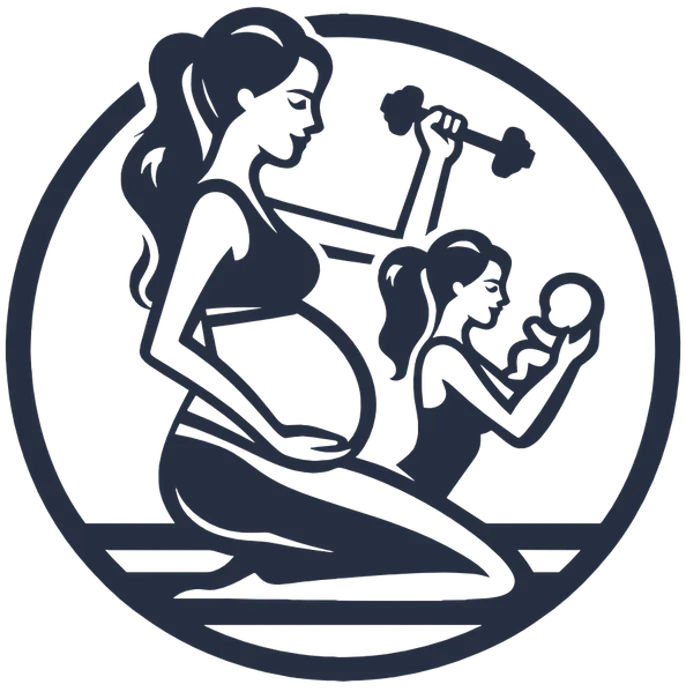Stages of Labor
Hello there, Mama! Welcoming a new life into the world is nothing short of miraculous. Yet, amidst the wonder and excitement, pregnancy often comes with a whirlwind of uncertainties. Whether you're a first-time mom brimming with anticipation or a seasoned veteran navigating another journey, the path to childbirth can still feel like uncharted territory.
That's where understanding the stages of labor becomes invaluable. Educating yourself on what to expect during each phase empowers you with knowledge, offering a sense of control amidst the unknown. From the early flutters of pregnancy to the momentous arrival of your little one, knowing the ins and outs of labor and delivery allows you to make informed decisions that are best for you and your baby.
So, take a deep breath, Mama, and embrace the journey ahead. Together, let's explore the stages of labor, armed with knowledge and ready to welcome new beginnings with open arms.
Childbirth is a journey defined by three distinct stages, each with its own challenges and purpose.
Stage One
Early Labor:
The first stage, early labor, is typically the longest, spanning anywhere from 2 to 24 hours. During this phase, your baby begins their descent into the pelvic region and towards the birth canal. The cervix undergoes dilation and effacement. Contractions become frequent and regular, distinguishing themselves from Braxton Hicks contractions by their persistence. Typically, your cervix is dilated about 3 cm, and effacement ranges from 0 to 100%.
Signs of labor, such as the loss of the mucus plug, a bloody show, and strong downward pressure, may become evident. To navigate this phase effectively, conserve energy by changing positions regularly, staying hydrated, emptying your bladder hourly, and engaging in light activity. Remember, early labor sets the stage for what's to come, so approach it with a sense of calm and focus on conserving your energy for the journey ahead.
Active Labor:
Active labor, unfolds over a duration ranging from 30 minutes to 10 hours. Now, contractions intensify, occurring approximately every 3-5 minutes and lasting about 1 minute each. Your cervix dilates further, reaching between 6 to 8 cm, while effacement progresses from 0 to 100%. As the intensity of contractions increases, you may find yourself with less energy.
While some mothers can still communicate and move around, others may require additional support from their partners. Exploring comfort measures for pain management during this phase can be beneficial in navigating the intensity of active labor.
During this time, you may want to try keeping active by making hip circles on a ball, changing position once every hour, sitting on the toilet backward, making some low tone vocal sounds, playing some calming music and lighting some candles. Continue to stay hydrated and empty your bladder once every hour.
Transition:
Transition marks the most challenging yet shortest phase of labor. Contractions intensify, occurring approximately every 30 seconds and lasting from 90 seconds to 2 minutes each. It's common for women to request pain medication during this stage, but take solace in knowing that your baby's arrival is imminent.
Utilize comfort measures such as the double hip squeeze, shaking the apples, sacral compression, heat or ice packs, and TENS units to alleviate discomfort. Lean into your support system and allow them to assist you through this intense phase of labor.
Stage Two
Birthing Your Baby:
In stage two, the fetal ejection reflex triggers, and your uterus begins pushing your baby through a series of contractions. While mothers can aid this reflex by pushing, it's crucial to avoid excessive force. Remember to breathe and push during contractions, utilizing low-tone vocalization to relax pelvic floor muscles and reduce the risk of perineal tearing.
Ideally, this stage should last no longer than 15-20 minutes. If pushing persists beyond this timeframe, it may indicate that the baby was not positioned optimally in the pelvis before pushing commenced. Ensure your baby is at a +1 or lower fetal position to facilitate the pushing phase effectively.
Stage Three
Birthing Your Placenta:
Birthing the placenta marks the final stage of labor, typically brief and characterized by mild contractions. This stage often occurs during the skin-to-skin bonding period with your newborn, adding to the precious moments of connection and joy.


